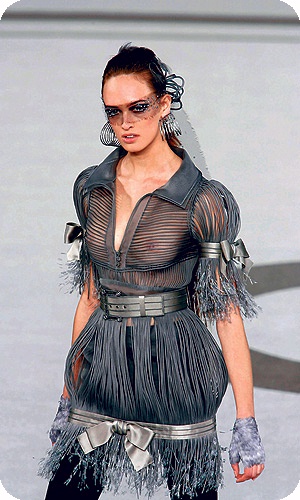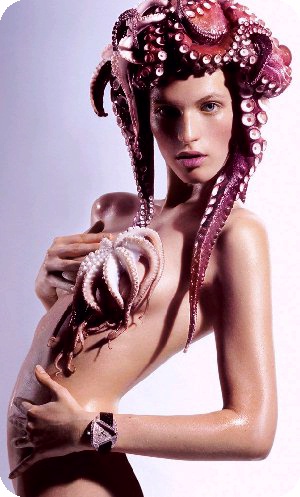
Methods of clothing production and distribution varied greatly over the course of Victoria's long reign. In 1837, cloth was manufactured in the mill towns of northern England, Scotland, and Ireland. But clothing was generally custom-made by seamstresses, milliners, tailors, hatters, glovers, corsetiers, and many other specialized tradespeople, who served a local clientele in small shops. Families who could not afford to patronize specialists, made their own clothing, or bought and modified used clothing. By 1907, clothing was increasingly factory-made and sold in large, fixed price department stores. Custom sewing and home sewing were still significant, but on the decline.

New machinery and materials changed clothing in many ways. The introduction of the lock-stitch sewing machine in mid-century simplified both home and boutique dressmaking, and enabled a fashion for lavish application of trim that would have been prohibitively time-consuming if done by hand. Lace machinery made lace at a fraction of the cost of the old, laborious methods.

New materials from far-flung British colonies gave rise to new types of clothing (such as rubber making gumboots and mackintoshes possible). Chemists developed new, cheap, bright dyes that displaced the old animal or vegetable dyes. yes its true